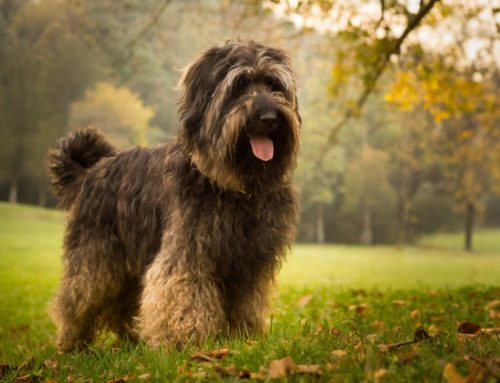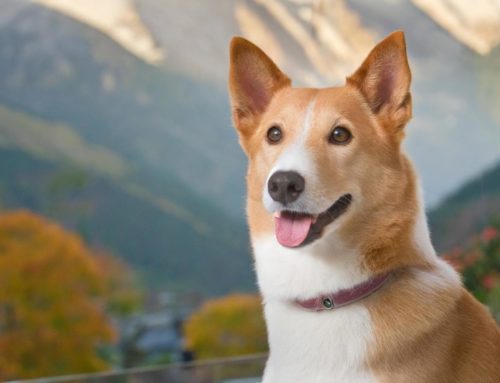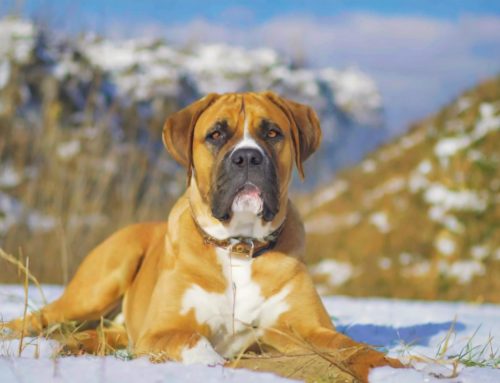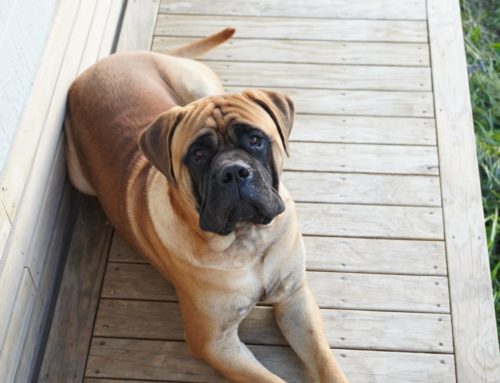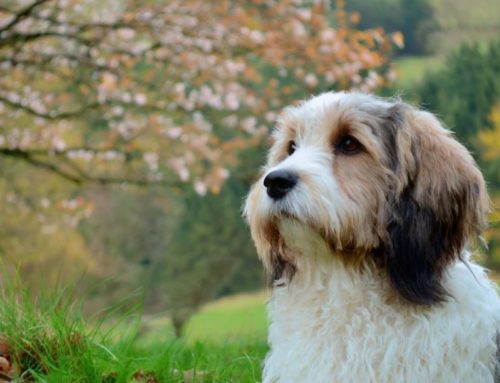
The Canadian Eskimo Dog, also known as the Canadian Eskimo Dog, has a rich history dating back more than 4,000 years. This breed is one of the oldest native dog breeds of the Arctic and was closely associated with the Inuit way of life. These large dogs were indispensable to the Inuit, both for hunting and pulling sleds.
The Canadian Eskimo dog, known for its strength and stamina, was essential for survival in the harsh arctic climate. They helped in hunting and pulling sleds and played a crucial role in the daily life of Inuit communities. These dogs were not only working dogs but also companion animals and were highly valued by their human companions.
Unfortunately, the emergence of modern technologies, such as snowmobiles, led to a decline in the popularity and necessity of these dogs, threatening the breed with extinction. In the 1950s and 1960s, organisations such as the Royal Canadian Mounted Police and various kennel clubs took steps to preserve the population of this breed.
FCI Group 5 – Spitz and primitive types
An ancient and honourable breed, the Canadian Eskimo dog belongs to Group 5 of the Fédération Cynologique Internationale (FCI), specifically the sled dog section. This group includes breeds known for their endurance, strength and ability to work in harsh, cold conditions.
The Canadian Eskimo dog is an excellent example of a breed of dog developed to survive and work in the challenging arctic environment of North America. These dogs are known for their robust build, impressive strength and ability to pull heavy loads, making them essential for transport and survival in snowy and icy areas.
Their thick, lush coat provides protection from the extreme cold, making them ideally suited for life in the Arctic. A member of FCI Group 5, the Canadian Eskimo dog is recognised for its contribution to the cultures of indigenous peoples and its role in history as an indispensable sled dog.
Coat and appearance of the Canadian Eskimo dog
The Canadian Eskimo dog, also known as the Canadian Inuit dog, is a large and powerful breed of dog with an appearance perfectly adapted to the cold arctic climate.
These dogs have a thick coat that protects them from the extreme cold, with the fur around the neck and shoulders being particularly lush. The colours of their coat range from grey and white to red and white, and this coat consists of a thick undercoat and a weather-resistant outer coat.
The Canadian Eskimo is an intelligent and loyal working dog, famous for its stamina and strength, especially when pulling sleds. Their physique is strong and robust, making them excellent for heavy physical work.
These dogs need plenty of daily exercise and thrive in an active, fenced garden. They need regular brushing to keep their coat clean and healthy.
Hereditary diseases and conditions in this polar dog
The Canadian Eskimo dog is generally a healthy breed, but like many large dog breeds, they can be prone to certain hereditary diseases and conditions.
Here is a list of some common health problems in this breed:
- Hip dysplasia: A common problem in large breeds, where the hip joint is not formed properly, which can lead to arthritis and pain.
- Stomach dilation-Volvulus (stomach torsion): This is a life-threatening condition in which the stomach fills with gas and twists, cutting off the blood supply.
- Progressive Retinal Atrophy: An eye condition that can eventually lead to blindness.
- Hypothyroidism: A condition in which the thyroid produces insufficient hormones, which can lead to weight gain and skin problems.
- Arthritis: Given their size and active nature, Canadian Eskimo dogs can be prone to joint problems, including arthritis.
- Cataract: This can lead to impaired vision and, if left untreated, blindness.
- Ear infections: Due to their ear structure, they can be prone to ear infections.
The character of this working dog
The Canadian Eskimo Dog, closely related to the Greenland Dog, is a large and robust dog breed known as an excellent working dog. These dogs were bred for tough tasks such as pulling sleds, which underscores their need for regular and intense exercise. Canadian Eskimo dogs are extremely active and ideally require at least two hours of exercise daily.
As members of a pack, these dogs are used to cooperation and social interaction. This means that regular socialization is essential for their well-being.
They are generally healthy dogs, but like all large breeds, potential owners need to consider specific health concerns. It is important to keep a close eye on your dog and contact a veterinarian regularly.
A Canadian Eskimo dog’s coat is thick and requires regular grooming to keep it clean and in good condition. Their friendly and loyal nature makes them great companions, but they require an owner who understands how to properly handle a large, active dog.

The Care of the Canadian Eskimo Dog
The Canadian Eskimo Dog, a breed known for its robust constitution and thick coat, requires specific care to stay healthy and happy. First of all, their coat is an essential consideration; it should be brushed regularly to prevent tangles and accumulation of dirt.
Their thick undercoat provides insulation in cold climates, but requires extra attention during shedding periods, where regular brushing is necessary. Given their active nature, Canadian Eskimo dogs need plenty of exercise. At least two hours of exercise a day is recommended to support their physical and mental health.
These activities can range from long walks to playtime and workouts that challenge both their bodies and minds. Good nutrition is also crucial for this breed. A diet rich in protein and fats suits their energy needs well, especially if they exercise a lot.
Socialisation and upbringing of the Canadian Eskimo dog
Socialisation and upbringing are crucial in developing a Canadian Eskimo dog into a balanced and social companion. As a breed that is naturally strong and independent, the Canadian Eskimo Dog requires patient and consistent upbringing from an early age.
Early socialisation is essential. Introducing the puppy to various people, sounds, environments and other animals helps develop their social skills and reduces fear or aggression in new situations. This process should continue throughout their lives to keep them well-adjusted and confident.
Training should begin as soon as the dog comes home. The Canadian Eskimo dog is intelligent and eager to learn, so they generally respond well to training. Positive reinforcement techniques, such as rewards and praise, are effective. These dogs need clear and consistent boundaries, as well as a routine to structure their behaviour.
Physical and mental stimulation are both important. These dogs need plenty of exercise and enjoy activities such as tug-of-war games, walks and runs. Mental challenges such as training games and tracking activities can help keep their minds sharp.
How much experience does a Canadian Eskimo dog require
The Canadian Eskimo dog, known for its strong character and physical strength, is generally better suited to experienced dog owners. These dogs require an owner familiar with training and handling large and independent breeds.
Experienced owners often have the necessary knowledge and skills to understand and address the unique needs of this breed, including their need for regular exercise, social interaction and mental stimulation.
For inexperienced dog owners, a Canadian Eskimo dog can be challenging. Without relevant experience, it can be difficult to provide effective leadership and training, which is essential for the dog’s well-being. Inexperienced owners may also struggle to manage the breed’s strong-willed and sometimes stubborn behaviour.
Is training necessary?
Training is absolutely essential for the Canadian Eskimo dog. This breed is known for its intelligence, independence and physical strength, which means that structured and consistent training is essential for their well-being and good behaviour. Without adequate training, a Canadian Eskimo dog can become stubborn and difficult to control.
Training should start as early as the puppy stage. Basic obedience, such as sit, stay, and come, is crucial and lays the foundation for future training. These dogs also have a strong urge to work and move, so physical activities and mental challenges should be part of their daily routine.
Positive reinforcement techniques work well with this breed. Rewards such as treats and praise encourage good behaviour without arousing fear or aggression. Consistency in commands and behaviours helps the dog understand what is expected of him.
How much exercise does a Canadian Eskimo dog need?
The Canadian Eskimo dog, an energetic and powerful breed, requires significant daily exercise to stay in top condition both physically and mentally. Because of their background as working dogs, which saw them pulling sleds and performing strenuous tasks in cold climates, these dogs have great stamina and a natural need for activity.
Ideally, a Canadian Eskimo dog needs about two hours of exercise daily. This can be broken down into different activities, such as long walks, running, pulling games, and other interactive games that stimulate both their bodies and minds.
Training sessions and agility sports can also be a good way to challenge them physically and mentally. It is important to provide a varied routine of activities to prevent boredom and satisfy their natural work drive.
These activities not only help maintain a healthy weight and build muscle, but also help reduce potentially destructive behaviors that can result from insufficient exercise.
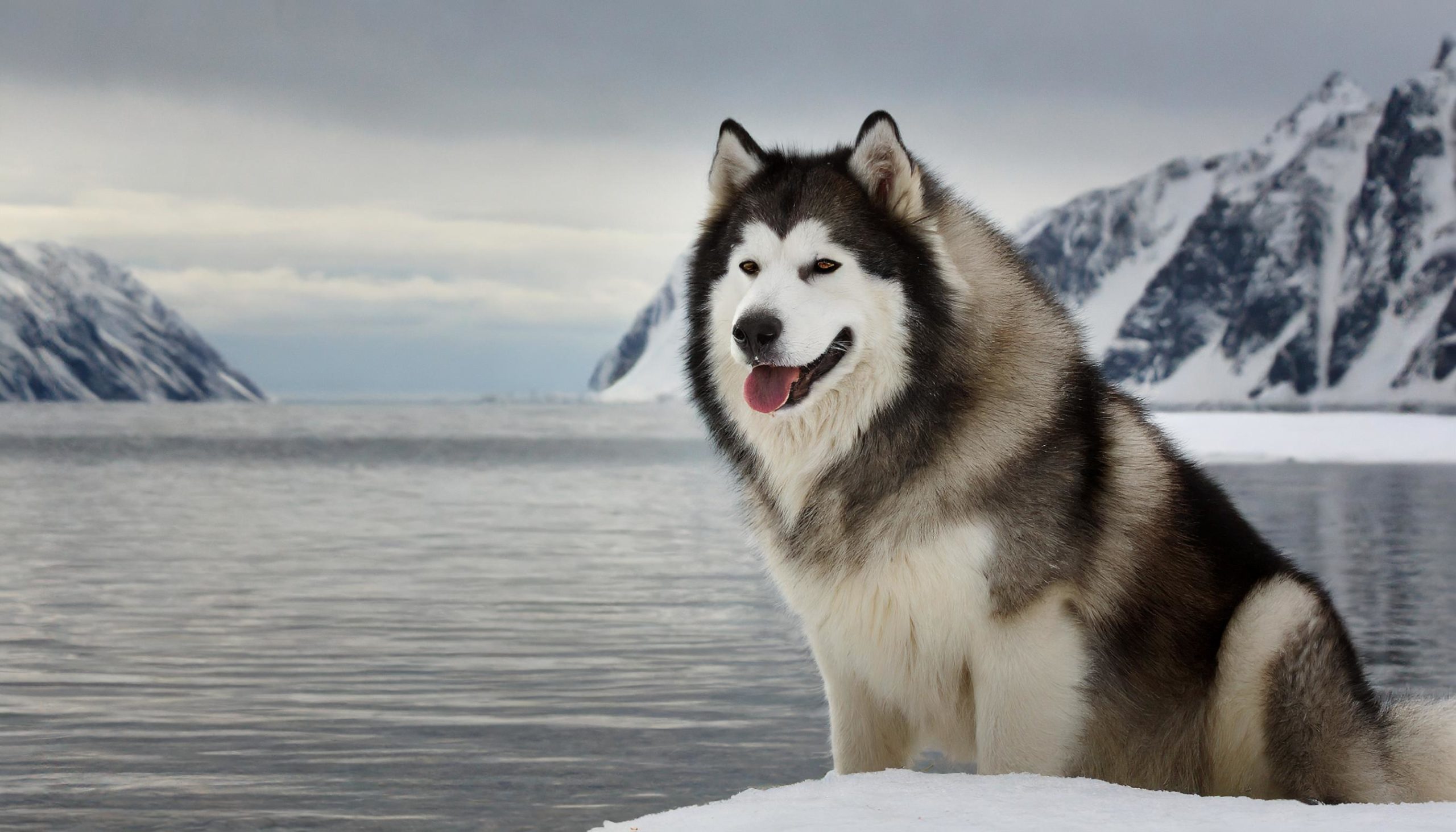
How is it getting along with children?
The Canadian Eskimo dog can be a great companion for children, provided it is well socialised and trained.
By nature, these dogs are loyal, protective and have a friendly nature, which makes them suitable for families. Their playful and patient nature can be particularly appealing to children.
However, given their size and strength, it is important to closely monitor interactions between Canadian Eskimo dogs and children.
Children should be taught how to treat the dog respectfully and gently, such as avoiding rough play or disturbing the dog while eating or sleeping. Similarly, the Canadian Eskimo dog should be socialised with children from an early age and trained to be gentle and cautious with them.
Benefits of a Canadian Eskimo dog
- Loyalty: These dogs are known for their deep loyalty and strong bond with their family.
- Protective: They are naturally protective and can be excellent guard dogs.
- Intelligence and Trainability: Canadian Eskimo dogs are intelligent and respond well to training, especially if it is consistent and positive.
- Active and Energetic: They are very active and energetic, perfect for active families or individuals.
- Robust and Resilient: As a breed developed for harsh conditions, they are physically robust and cope well with cold climates.
Disadvantages of a Canadian Eskimo dog
- Much Exercise Needed: They require a lot of exercise, which can be a challenge for busy owners.
- Regular Coat Maintenance: Their thick coat requires regular maintenance, including frequent brushing.
- Potential Health Problems: Like many large breeds, they can be prone to certain health problems, including hip dysplasia.
- Size and Strength: Their size and strength can be challenging, especially if they are not well trained.
- Need for Early Socialisation: They need early and ongoing socialisation to ensure good behaviour
How old does a Canadian Eskimo dog get
A robust and resilient breed, the Canadian Eskimo dog has an average life expectancy ranging from about 12 to 15 years.
Price of a Canadian Eskimo dog
The price of a Canadian Eskimo dog can vary, depending on whether you choose to buy from a breeder or adopt through a shelter or rehoming organisation.
At a recognised breeder, the cost of a Canadian Eskimo dog puppy can vary considerably.
The rarity of the Canadian Eskimo Dog drives its price up in the US. Estimates suggest you can expect to pay around $8,000 and up for a purebred puppy




